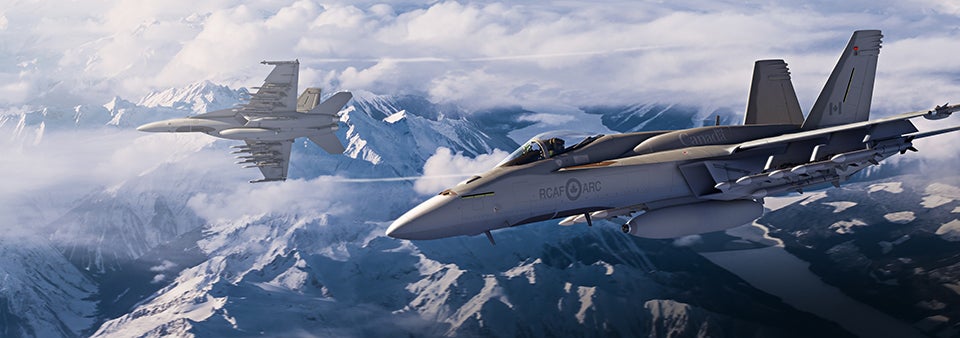Gripen, Super Hornet and F-35 All Make Their Bids for the Canadian Fighter Competition
Saab, Boeing and Lockheed Martin have all entered their bids for the Royal Canadian Air Force’s (RCAF) competition to replace Canada’s aging fighter fleet of F-18 Hornets, locally built as the CF-188A/B, which have been in service since 1983.
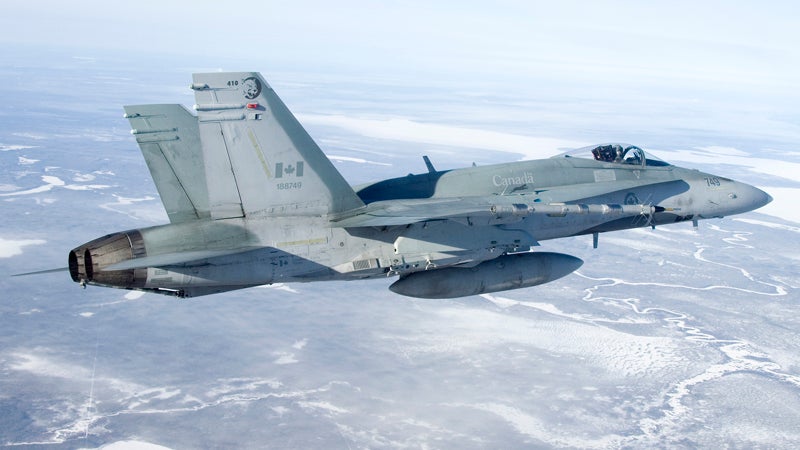
The RCAF requires 88 new aircraft with a projected cost of between USD$15-19 billion and a critical consideration is that considerable amounts of the aircraft be built in Canada. The nation has an advanced aircraft industry and has license built most of its fighter aircraft since the World War Two.
Saab has offered their Gripen E as the perfect answer to Canada’s problems. Designed for use in rough airfields in Artic conditions, Saab believes their aircraft is the best match for the RCAF. The company also promises that they are “…committing to deliver an industrial programme that has been designed to generate long-lasting, high-tech employment opportunities, and business opportunities across all regions of Canada.”
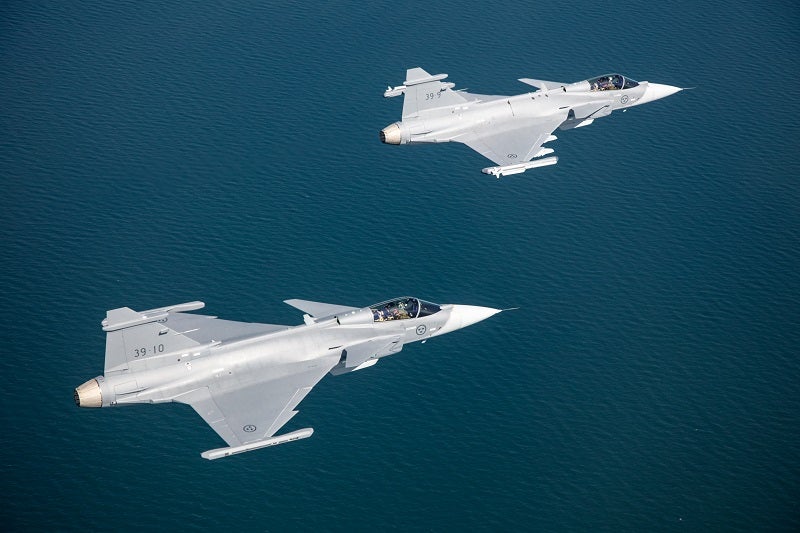
To this end they have formed the “Gripen for Canada” coalition which consists of IMP Aerospace & Defence, CAE, Peraton Canada and GE Aviation.
Boeing is offering their F-18E/F Super Hornet Block III aircraft to fulfil the RCAF’s need. A major update on the F-18 that Canada currently operates, Boeing states that the aircraft more than meets Canada’s defence needs. Art work mock ups in their promotional material for the bid shows the aircraft carrying a load out of 12 AMRAAM and 2 Sidewinder air-to-air missiles.
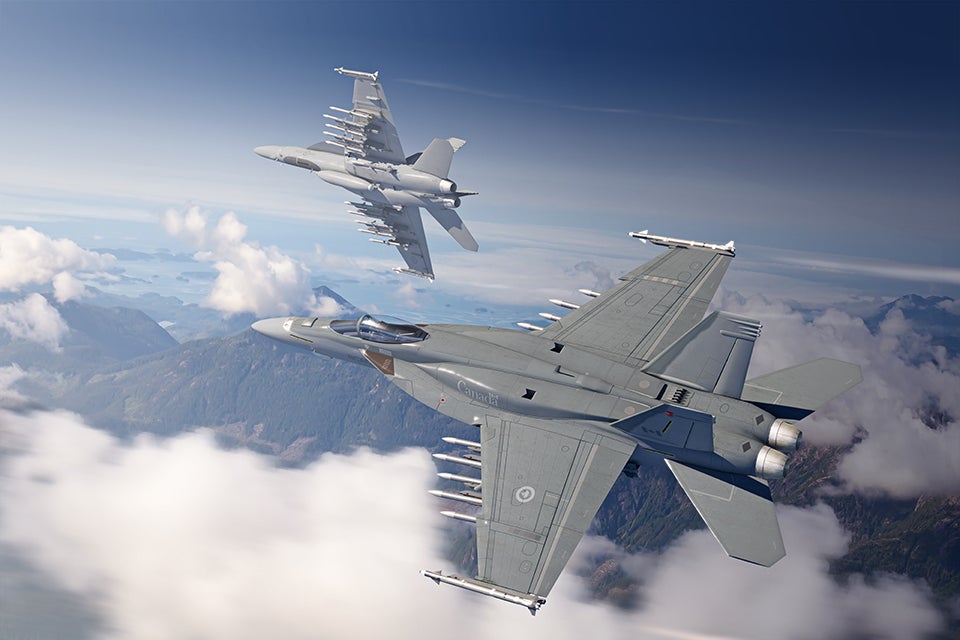
Though such a load would be very heavy, Boeing are highlighting the F-18E’s ability to stay on combat station far longer than the other options, something that would be of critical importance for the RCAFs role of protecting Canada’s vast northern borders.
Boeing is also pushing its long relationship with Canada, Jim Barnes, Director of Boeing’s bid noted:
“We have a partnership with Canada that spans more than 100 years. We don’t take that lightly. The response we submitted today builds upon that great legacy… The Super Hornet is the most cost-effective and capable option… [and] will help the RCAF meet their mission needs, while leveraging existing infrastructure to drive down the long-term sustainment cost of the aircraft. Our proven, two-engine design can operate in the harshest environments and provide support no matter where the mission takes its pilots. That, coupled with Boeing’s 100% guaranteed industrial plan, will also deliver long term, well-paying jobs.”
Lockheed Martin meanwhile have submitted their F-35 for the bid. This may prove somewhat more contentious as this aircraft has a great deal of political history in Canada.
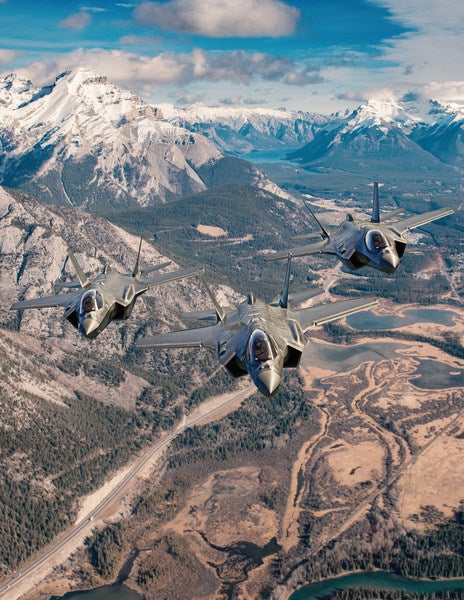
In 2010, the government announced that the Lockheed Martin F-35 was to be the CF-188’s replacement and the country had been an early partner in the JSF program, joining in 1997 and investing hundreds of millions of dollars into the program. Deliveries were scheduled to begin in 2016.
However, concerns over the costs of the F-35 made the acquisition a highly contentious election issue, with heavy criticism of the purchase in the press. In 2015 the Liberal Party won a crushing victory in elections, one of their manifesto promises being that they “…will not buy the F-35 stealth fighter-bomber.”
The delay meant that the aging CF-188s have soldiered on beyond their expected retirement date, causing unforeseen expenditures in keeping them airborne. As an interim 25 Australian F-18As – being made surplus by that country’s own F-35 acquisition – had to be purchased to provide supplementary aircraft and spares, adding an extra C$500 to the bill.
However, Canada remains one of the partners in the F-35 program and as such already manufactures parts of the aircraft, which Lockheed Martin points out in their bid. In a statement the company highlighted that Canadian industry already plays an integral role in the global F-35 supply chain and has gained significant technical expertise over the past 15 years due to their involvement in F-35 production.
Lockheed Martin also are making great play on the fact that theirs is the only their offering that is a true stealth aircraft of the 5th generation. Greg Ulmer, F-35 Program executive vice president, said that:
“The 5th Generation F-35 would transform the Royal Canadian Air Force fleet and deliver the capabilities necessary to safeguard Canadian skies. The F-35’s unique mix of stealth and sensor technology will enable the Royal Canadian Air Force to modernize their contribution to NORAD operations, ensure Arctic sovereignty and meet increasingly sophisticated global threats.”
Lockheed Martin have also been pointed in the fact that theirs is the aircraft which will be most numerous in the future, with the most operators. For a purchase of a top ticket item like a fighter aircraft, long term support is a critical consideration for the RCAF.

